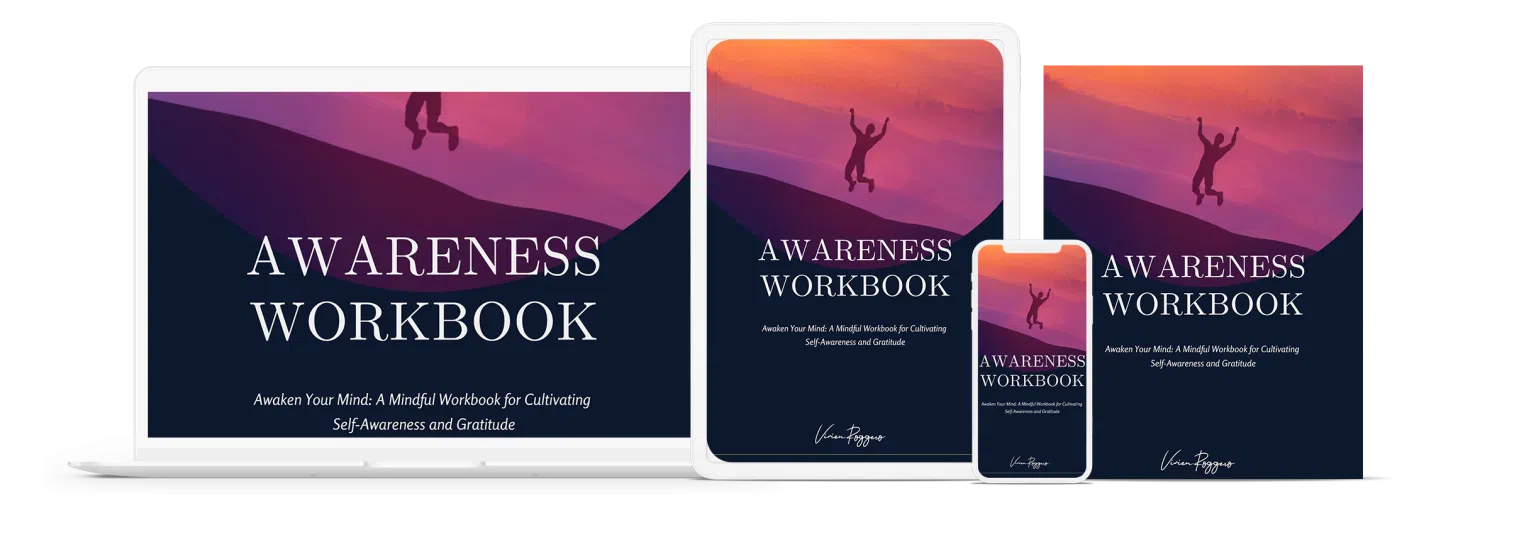To thrive in our fast-paced, dynamic world, strategic thinking has become a crucial skill for effective leadership. A strategic leader is not just a planner, but a visionary, an innovator, and a decision-maker. This article delves into seven significant ways a leader can cultivate strategic thinking, thereby fostering superior organizational performance and guidance.
Definition of Strategic Thinking in Leadership
Strategic thinking is the ability to see the bigger picture, anticipate future trends, devise plans, and make decisions that align with one’s long-term objectives. As a leader, strategic thinking involves understanding the organizational landscape, setting the vision, and guiding the team towards that vision with clarity and purpose.
Importance of Strategic Thinking for Effective Leadership
Strategic thinking plays a pivotal role in effective leadership. It enables leaders to foresee and navigate challenges, inspire and guide their teams, ensure resource optimization, and drive organizational growth. Without strategic thinking, leaders may simply react to situations rather than proactively guiding their organizations towards success.
The following sections will delve into seven key strategies for cultivating strategic thinking: clarifying your vision and goals, developing a long-term perspective, fostering a culture of innovation, conducting regular environmental scans, collaborating and seeking diverse perspectives, prioritizing and allocating resources wisely, and embracing continuous learning and adaptation.
Clarify Your Vision and Goals
Articulating a Clear Vision for Your Organization
A clear, compelling vision is the compass that guides strategic thinking. It gives direction and purpose to all organizational efforts. As a leader, it’s crucial to articulate a vision that inspires, motivates, and aligns with your organization’s values and aspirations.
Setting SMART Goals Aligned with the Vision
Goals operationalize the vision, breaking it down into measurable, achievable targets. Setting SMART (Specific, Measurable, Achievable, Relevant, Time-bound) goals that align with your vision ensures a clear, focused path towards realizing your vision.
Communicating the Vision and Goals to the Team
Effective communication is at the heart of strategic leadership. Communicating the vision and goals clearly and compellingly helps ensure team alignment. It fosters shared understanding, engagement, and commitment towards the organizational vision.
Develop a Long-Term Perspective
Understanding the Difference Between Short-Term and Long-Term Thinking
Strategic thinking requires a long-term perspective. While short-term thinking focuses on immediate outcomes and tactical issues, long-term thinking involves looking beyond the immediate horizon, anticipating future trends, and planning accordingly.
Anticipating Future Trends and Challenges
Anticipating future trends and challenges is crucial for strategic leadership. By understanding the evolving landscape, leaders can make proactive decisions, devise strategies to leverage opportunities, and mitigate potential risks.
Aligning Strategies with Long-Term Objectives
Strategic thinking involves aligning strategies with long-term objectives. This ensures that every decision, every action taken, is a step towards achieving the organizational vision. It fosters coherence, efficiency, and effectiveness in organizational efforts.
Foster a Culture of Innovation
Encouraging Creativity and Idea Generation
Innovation is the lifeblood of strategic leadership. Encouraging creativity and idea generation in your team can lead to breakthrough solutions and competitive advantages. It involves creating an environment that values curiosity, exploration, and out-of-the-box thinking.
Embracing a Risk-Tolerant Environment
Innovation thrives in a risk-tolerant environment. As a strategic leader, fostering a culture that views failures as learning opportunities encourages risk-taking and experimentation. This can lead to novel ideas and transformative changes within the organization.
Integrating Innovation into Strategic Planning
Innovation should be integrated into strategic planning. This involves considering innovative approaches when setting goals, planning strategies, and making decisions. It keeps the organization agile, adaptable, and prepared to navigate the ever-changing business landscape.
Conduct Regular Environmental Scans
Monitoring Industry Trends and Competitor Activities
Regular environmental scans are critical for strategic thinking. Monitoring industry trends, competitor activities, and regulatory changes can provide valuable insights for strategic planning. It equips leaders with the knowledge to make informed, proactive decisions.
Analyzing Market Changes and Customer Behavior
Understanding market changes and customer behavior is key to strategic leadership. Analyzing shifts in market demand, customer preferences, and emerging trends can help leaders anticipate opportunities and challenges, informing strategic decisions.
Adapting Strategies Based on Environmental Insights
Strategic thinking involves adapting strategies based on environmental insights. The ability to pivot in response to changing external conditions can mean the difference between success and failure. This adaptability, informed by regular environmental scans, ensures that strategies remain relevant and effective.
Collaborate and Seek Diverse Perspectives
Building Cross-Functional Teams
Bringing together cross-functional teams can enrich strategic thinking. Different perspectives broaden the view, bring fresh insights, and foster innovative solutions. A diverse team can challenge conventional thinking and strengthen strategic decision-making.
Leveraging Diverse Perspectives for Strategic Decision-Making
Diverse perspectives can greatly enhance strategic decision-making. Different viewpoints can reveal blind spots, challenge assumptions, and stimulate new ideas. As a leader, encouraging open dialogue and valuing diverse input can lead to more robust, inclusive strategies.
Encouraging Open Communication and Idea Sharing
Open communication and idea sharing foster a collaborative, innovative culture. It encourages team members to contribute their insights and ideas, driving collective problem-solving and decision-making. It’s a practice that not only nurtures strategic thinking but also strengthens team unity and engagement.
Prioritize and Allocate Resources Wisely
Identifying Key Priorities and Strategic Initiatives
Strategic thinking involves identifying key priorities and strategic initiatives. It means discerning what matters most in achieving your organizational vision and aligning resources accordingly. It ensures that efforts and resources are directed towards the most impactful areas.
Allocating Resources Based on Strategic Importance
Resource allocation is a critical aspect of strategic leadership. Allocating resources based on strategic importance ensures that crucial projects and initiatives are sufficiently funded and supported. It facilitates focus, optimizes resource use, and increases the likelihood of achieving strategic objectives.
Monitoring Resource Utilization and Adjusting as Needed
Effective leadership requires continuous monitoring of resource utilization and making adjustments as needed. Tracking progress, measuring outcomes, and assessing resource effectiveness can provide valuable insights. This allows leaders to make data-informed decisions, reallocate resources if necessary, and maintain alignment with strategic goals.
Continuous Learning and Adaptation
Embracing a Growth Mindset
Embracing a growth mindset is fundamental to strategic leadership. This mindset values learning, welcomes challenges, and sees failure as an opportunity for growth. It encourages leaders to continuously develop, adapt, and ultimately, fosters a culture of continuous improvement within the organization.
Learning from Successes and Failures
Strategic leaders learn from both successes and failures. Successes validate strategies and provide a blueprint for replication. Failures, on the other hand, offer unique learning opportunities, providing valuable insights that can inform future strategy and decision making.
Iterative Improvement and Adaptation of Strategies
Strategic thinking requires iterative improvement and adaptation of strategies. The business landscape is ever-evolving, and strategies need to evolve with it. Regular review and refinement of strategies, informed by continuous learning, ensure that the organization stays relevant, competitive, and on track towards its vision.
Conclusion
In our exploration of strategic thinking in leadership, we’ve traversed seven key strategies – clarifying vision and goals, developing a long-term perspective, fostering a culture of innovation, conducting regular environmental scans, collaborating and seeking diverse perspectives, prioritizing and allocating resources wisely, and embracing continuous learning and adaptation.
The role of strategic leadership in organizational success cannot be overstated. It not only drives decision-making and directs actions but more importantly, it shapes the organizational culture, inspires the team, and propels the organization towards its vision.
To leaders striving to make a difference, I encourage you to implement and refine these strategic thinking practices. Embrace the challenge, the learning, and the growth that comes with it. As you navigate the path of strategic leadership, remember, every step towards strategic thinking is a stride towards organizational success and a testament to your strengthening leadership. Living strategically is not just about reaching the destination, but experiencing the journey, growing through the challenges, and leading with wisdom and grace.













![2024 Awareness Wordbook by Vivien Roggero [Self-discovery tools]](http://vivienroggero.com/wp-content/uploads/2023/04/Book-Awarness-Full-pack.png)